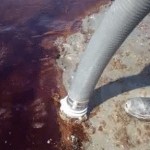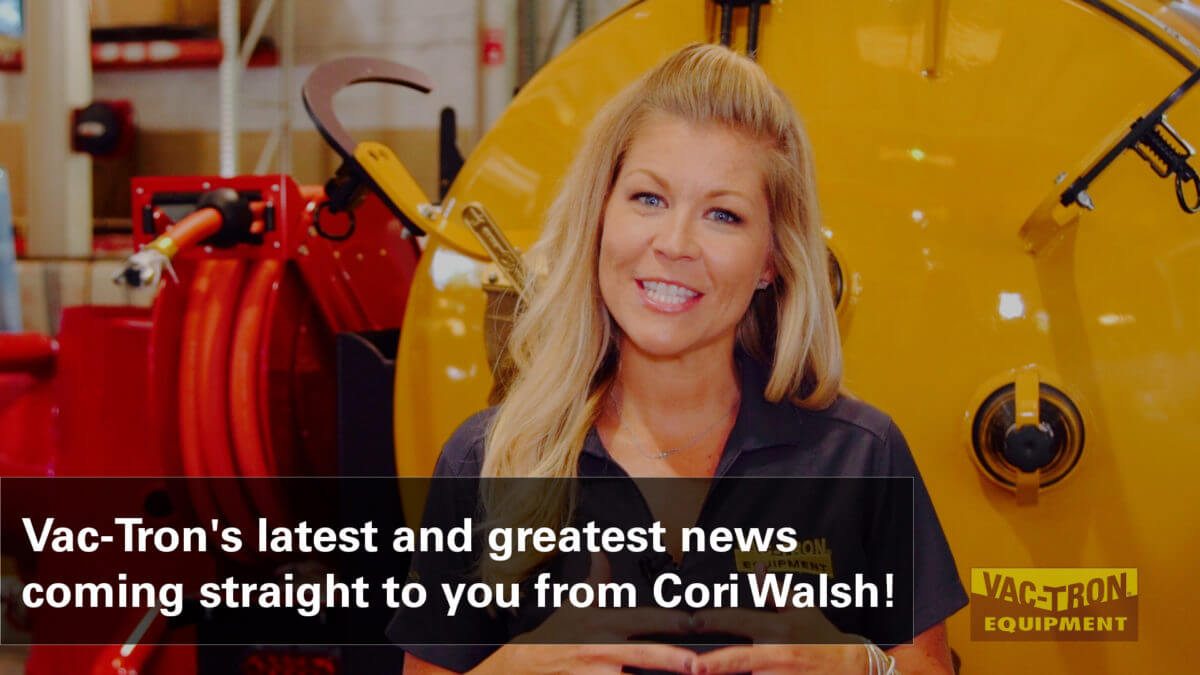It’s been five years since the BP Gulf Oil Spill, a devastating blow to the environment and beautiful coastlines. Over 30 Vac-Tron units were deployed to help with the cleanup.
 Using the Slurry Vac (SV) units proved to be an efficient way to remove a lot of the oil along the beaches. “Two-hundred million gallons of oil spilled, 16,000 miles is the range the oil spread across the coastline from Florida to Texas.” – View Infographic of BP Oil Spill, 5 Years Later – How the oil industry has changed.
Using the Slurry Vac (SV) units proved to be an efficient way to remove a lot of the oil along the beaches. “Two-hundred million gallons of oil spilled, 16,000 miles is the range the oil spread across the coastline from Florida to Texas.” – View Infographic of BP Oil Spill, 5 Years Later – How the oil industry has changed.
Highlighted recent events and the tools being used to cleanup:
This article doesn’t mention what the plan of action was for the oil removal, but an air vacuum excavator would definitely be a huge asset at this site. Cleanup is still underway after environmental officials say more than 100 gallons of diesel and gasoline leaked from underground storage tanks at Cherokee Mini Mart on Highway 441. – Full Article from Thursday, May 14, 2015Cleanup plan of action at Naval Base: The Pensacola News Journal reported that a group of Civilian and military environmental specialists are preparing to collaborate on a huge cleanup of polluted sites at Naval Air Station Pensacola. – Full Article from April 21, 2015Israeli firm working on a new way to cleanup oil spills: The new agent is already in use by a Swiss company called Man Oil. It was used in the cleanup of Swiss railway tracks that had been polluted by oils and fuel over many years. The compound was also tried on soil that was removed during the cleanup of last December’s oil spill at the Evrona nature reserve, near Eilat. – Full Article from May 17, 2015From 1962 to 1988 the site was used as a recycling and treatment facility for wastes generated by the electronic, pharmaceutical, paint, lacquer, coatings, and chemical industries: TerraTherm will use its patented form of Thermal Conductive Heating (TCH) to heat soil and shallow groundwater at the site to approximately 100 degrees Celsius, the boiling point of water, enabling chemicals to be removed from the subsurface as vapor prior to final treatment/destruction using a thermal oxidizer. The process is expected to remove 99 percent of the contamination present in the subsurface. – Full Article from April 28, 2015With another large oil spill in the U.S. news this month, there has to be strides made in cleaning up these disasters. While we highlighted some of the ways that progress is being made – there is still a lot of work to be done.

